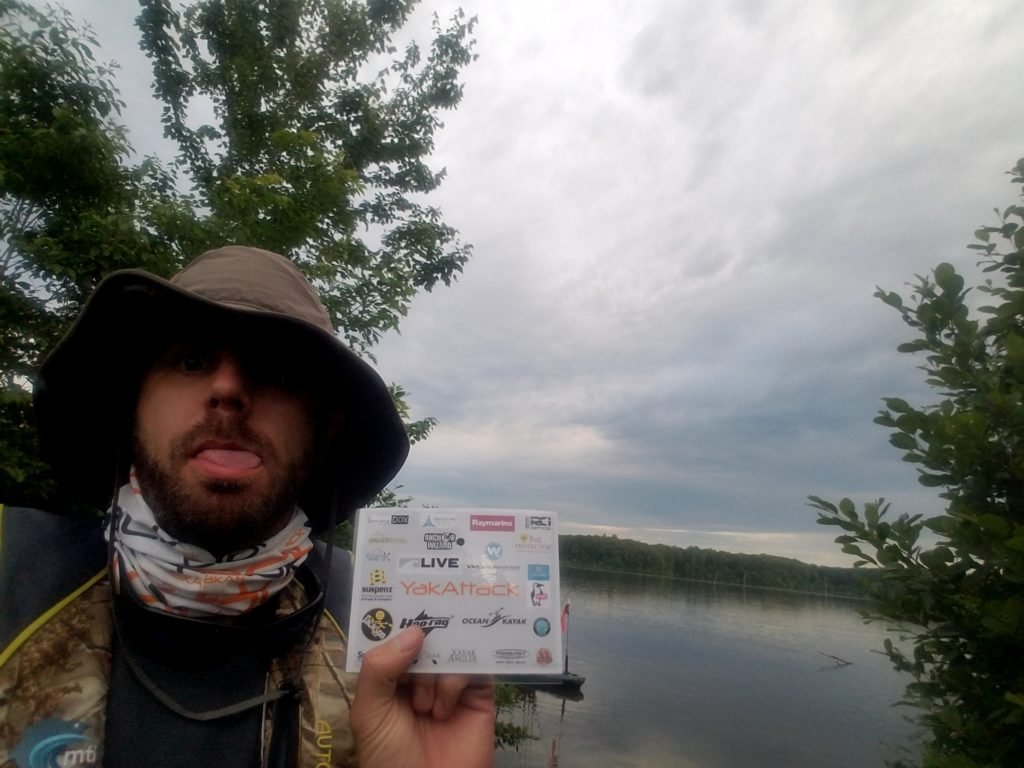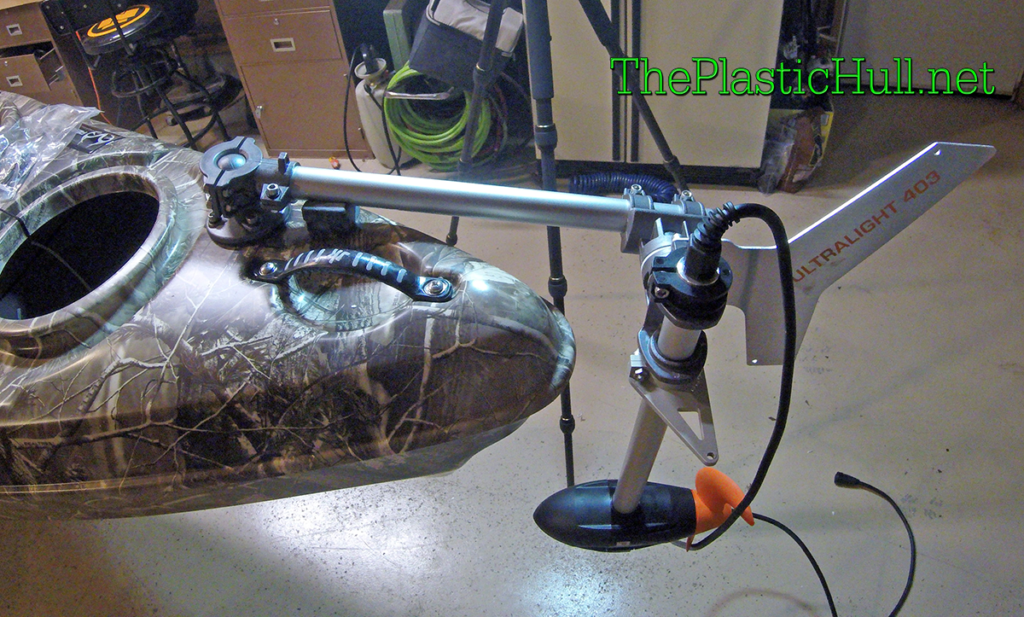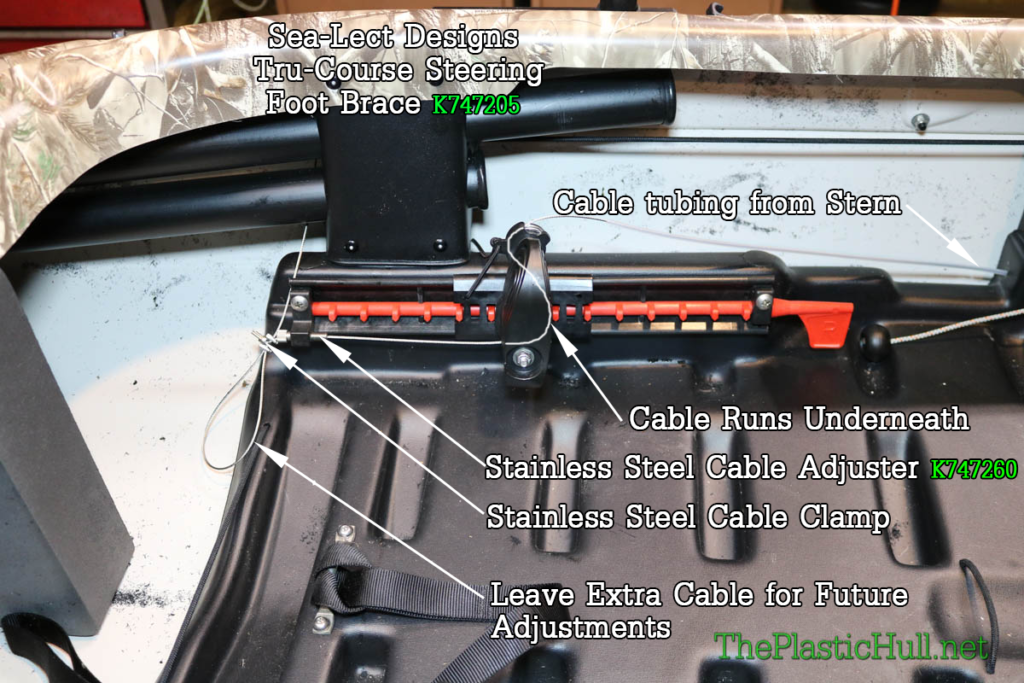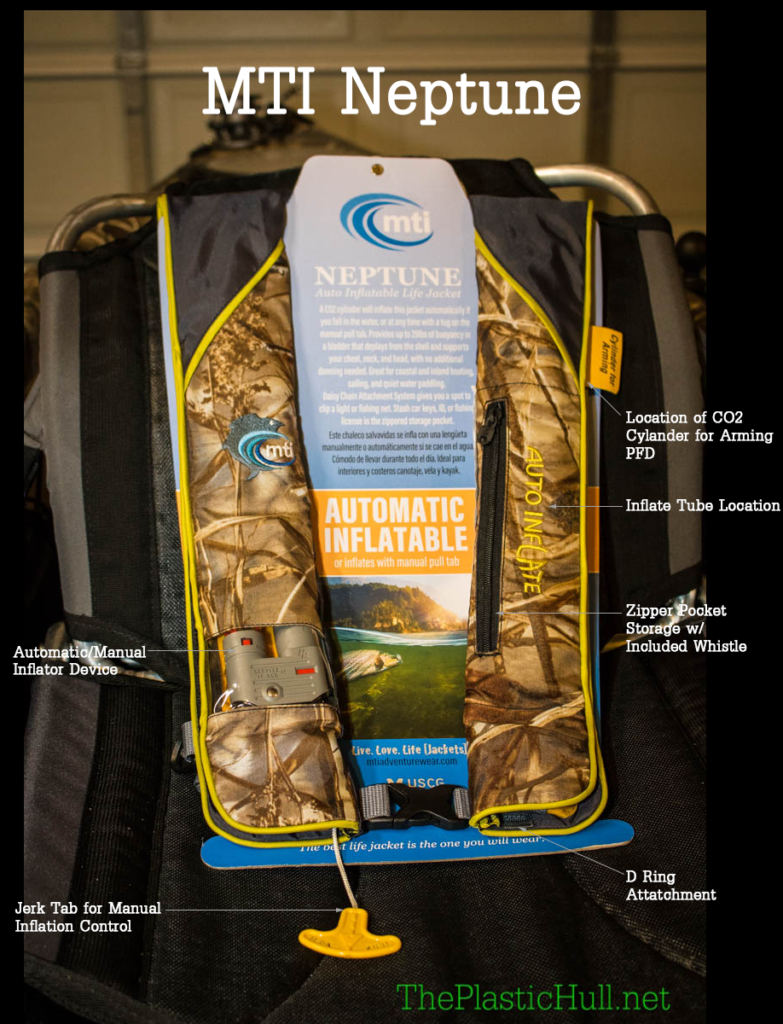My second year gathering in Southern Virginia for a low sodium excursion. The 9th Annual Yakattack tournament was set to be a blast! It seemed the time from registering in January and leaving on a Thursday in May time went by in a flash. My fishing partner Ricky bailed on this year so I was riding solo. My 2016 Ford F150 loaded up with the new Jackson Kilroy LT and Torqeedo, freshwater tackle, along with camping gear. It was on. The drive went pretty fast although it took about six and a half hours to cover 285 miles. Stopping by the convention center running into John Hipsher and Luther Cifers along with his wife and a few others getting ready to set up the venue for Fridays captains meeting.
 Off to the state park camp ground. Although there is a field donated for free camping I was fortunate to be invited by a friend of mine Noriel. Hs a fellow Jackson Kayak Owner with his Big Tuna. Although he purchases a new Wildy Radar with the pedal drive were still cool! Camping in the state park has its benefits. Showers and running water! The whole Central Jersey Kayak Bass Fishing crew was there. It was great to see them all again! Set up my tent and enjoyed the campfire for a bit then crashed out.
Off to the state park camp ground. Although there is a field donated for free camping I was fortunate to be invited by a friend of mine Noriel. Hs a fellow Jackson Kayak Owner with his Big Tuna. Although he purchases a new Wildy Radar with the pedal drive were still cool! Camping in the state park has its benefits. Showers and running water! The whole Central Jersey Kayak Bass Fishing crew was there. It was great to see them all again! Set up my tent and enjoyed the campfire for a bit then crashed out.
 The Jersey crew and I decided to fish Sandy River Reservoir which is about a 20 minute drive from camp. The crew went out to get breakfast and I hit up the Fas Mart for good coffee and a dirty southern fried egg biscuit sandwich. It was good! Headed to the public launch dropping down the Jackson Kayak Kilroy LT Realtree Camo from the Malone saddles. Geared up with the Torqeedo and the Yakattack Command Stand. The day was heating up fast along with hard fishing and no fish for me. Good thing for the MTI Neptune inflatable PFD it felt like a cooler day than most at 85 degrees.
The Jersey crew and I decided to fish Sandy River Reservoir which is about a 20 minute drive from camp. The crew went out to get breakfast and I hit up the Fas Mart for good coffee and a dirty southern fried egg biscuit sandwich. It was good! Headed to the public launch dropping down the Jackson Kayak Kilroy LT Realtree Camo from the Malone saddles. Geared up with the Torqeedo and the Yakattack Command Stand. The day was heating up fast along with hard fishing and no fish for me. Good thing for the MTI Neptune inflatable PFD it felt like a cooler day than most at 85 degrees.
Friday:
We pre-fished hard but no one really had any luck. For me this is a different world of fishing. As a kid it seemed easy although most of my tackle is from back then. A hundred then a thousand casts on all the things i had and not even a nibble. It was nice though just to practice standing in the Kilroy LT and cruising around with the Torqeedo setup. We packed it in around 12:30 to get back to camp and then to hit up the captains meeting.
The national anthem was beautifully sung by Luther Cifers daughters following a speech by Ollie Hughes a wounded veteran whom benefited from HOW. He spoke about how Heroes on the Water helped him and his family leading to being grateful as a Veteran to the charity. A short version of the tournament rules were reviewed followed by a prayer and dinner! As always the food was excellent. On the menu was Ribeye, Chicken, Seafood Chowder, Country Baked Beans, Slaw, and a really good Bow Tie cold Mac Salad! Afterbeing completely stuffed I helped clean up before heading back to camp. We enjoyed a bit of a camp fire before crashing out anticipating a long day to follow.
Saturday:
The AM came quick although it was a hot sweaty night in the tent. The Crew and I embarked on a small pond that we figured may be greener pastures from the previous day. Upon arrival a large sign stating permits were need to access the pond created confusion. I decided to fish Briary Creek as i did well the year prior and well the Kilroy is immune to standing timber. After launching it seemed to be a repeat of the day before. Although there was some small fly hatching that I honestly couldn’t see fly away but it caused small ripples in the water like it was raining. Little white tubes or casks remained.  A guy with a fly rod was catching small bass left and right. Guess I had the wrong baits. Brian came up to me and hooked me up with some swinging hammers which I actually had a hit on but failed to set the hook on the fish. At this point I decided to paddle around and explore the lake. An afterthought I should have been taking photos on the water. Two of the guys were caught on tree stumps through theyre scupper holes. The Kilroy LT had an advantage with no scuppers no way to get hung up on the timber.
A guy with a fly rod was catching small bass left and right. Guess I had the wrong baits. Brian came up to me and hooked me up with some swinging hammers which I actually had a hit on but failed to set the hook on the fish. At this point I decided to paddle around and explore the lake. An afterthought I should have been taking photos on the water. Two of the guys were caught on tree stumps through theyre scupper holes. The Kilroy LT had an advantage with no scuppers no way to get hung up on the timber.
 After fishing we enjoyed lunch at a local BBQ joint the Pig Fish. I had the brisket sandwich which was as expected amazing southern BBQ! We ended up back at camp and playing basshole a corn hole game with a bass on it! I invented a new backspin toss that killed it! Noone wanted to play anymore and it was time anyway to head down to the convention hall for fish entering which we didnt really have anything and hanging out till dinner and the raffle.
After fishing we enjoyed lunch at a local BBQ joint the Pig Fish. I had the brisket sandwich which was as expected amazing southern BBQ! We ended up back at camp and playing basshole a corn hole game with a bass on it! I invented a new backspin toss that killed it! Noone wanted to play anymore and it was time anyway to head down to the convention hall for fish entering which we didnt really have anything and hanging out till dinner and the raffle.
[wds id=”13″]
It was great meeting in person many from the YakAttack team to put a live face to our facebook profiles.  John got us all together for a group photo which was very orange haha.
John got us all together for a group photo which was very orange haha.
The raffles were held along with dinner and prizes! The couple who donated the field for free caming every year cleaned up at the raffle including winning two kayaks and just abut all of the necessity’s that go with them. It was all orange tickets! I did pretty well ont he raffle too walking away with 4 prizes out of $40 in tickets.
Great Work!
In all we raised over $22,000 for Heroes on the Water and Project Healing Waters two great charity organizations for wounded US veterans. Once we cleaned up most at the conference center it was almost midnight. Still many of us headed over to the field for a good ole bon fire!. 





















